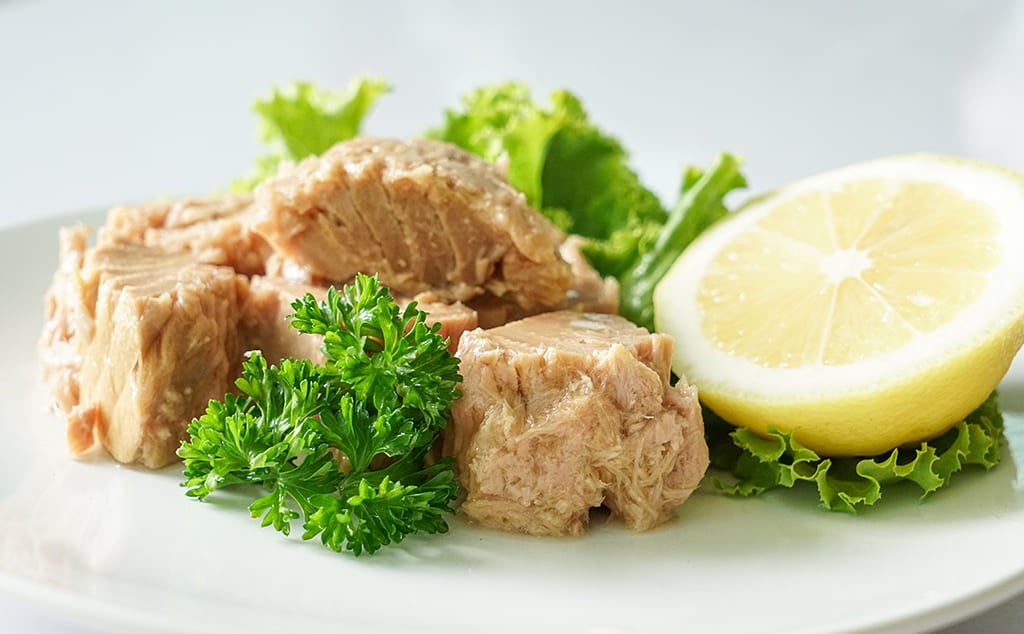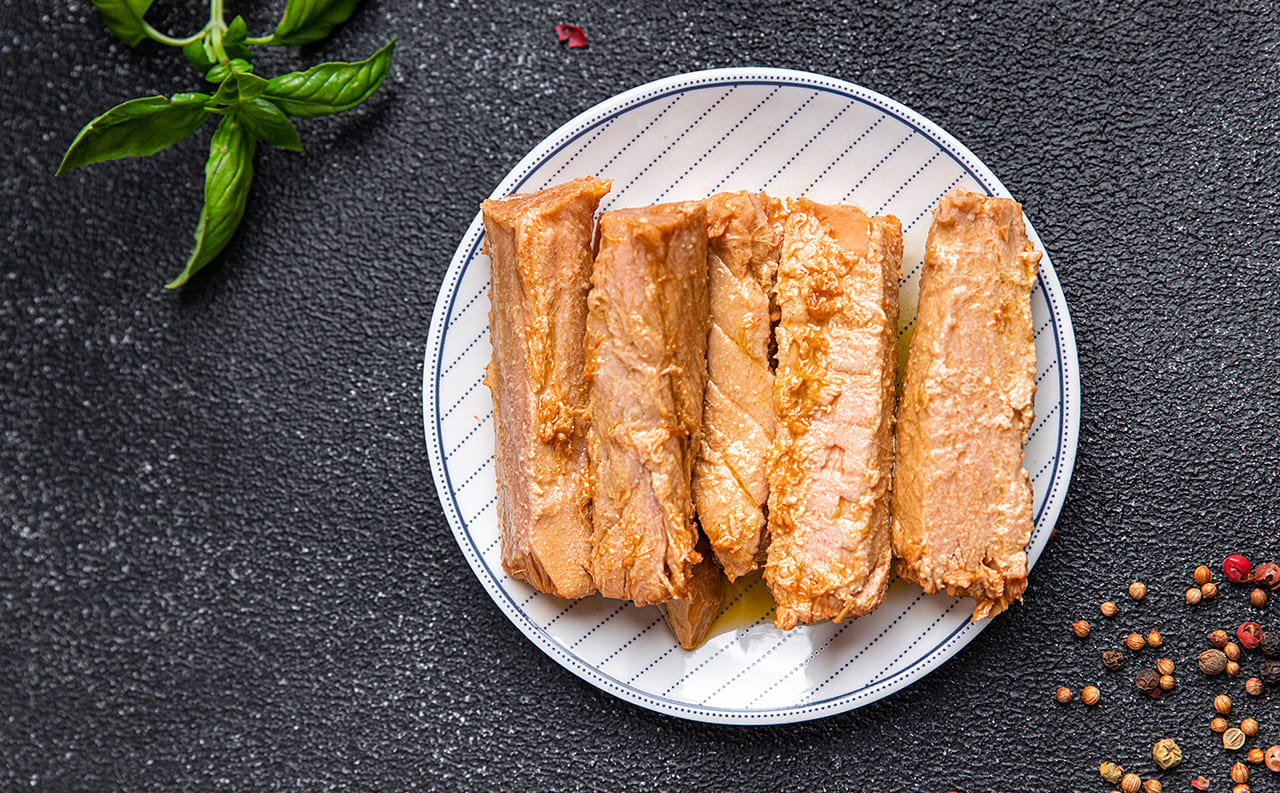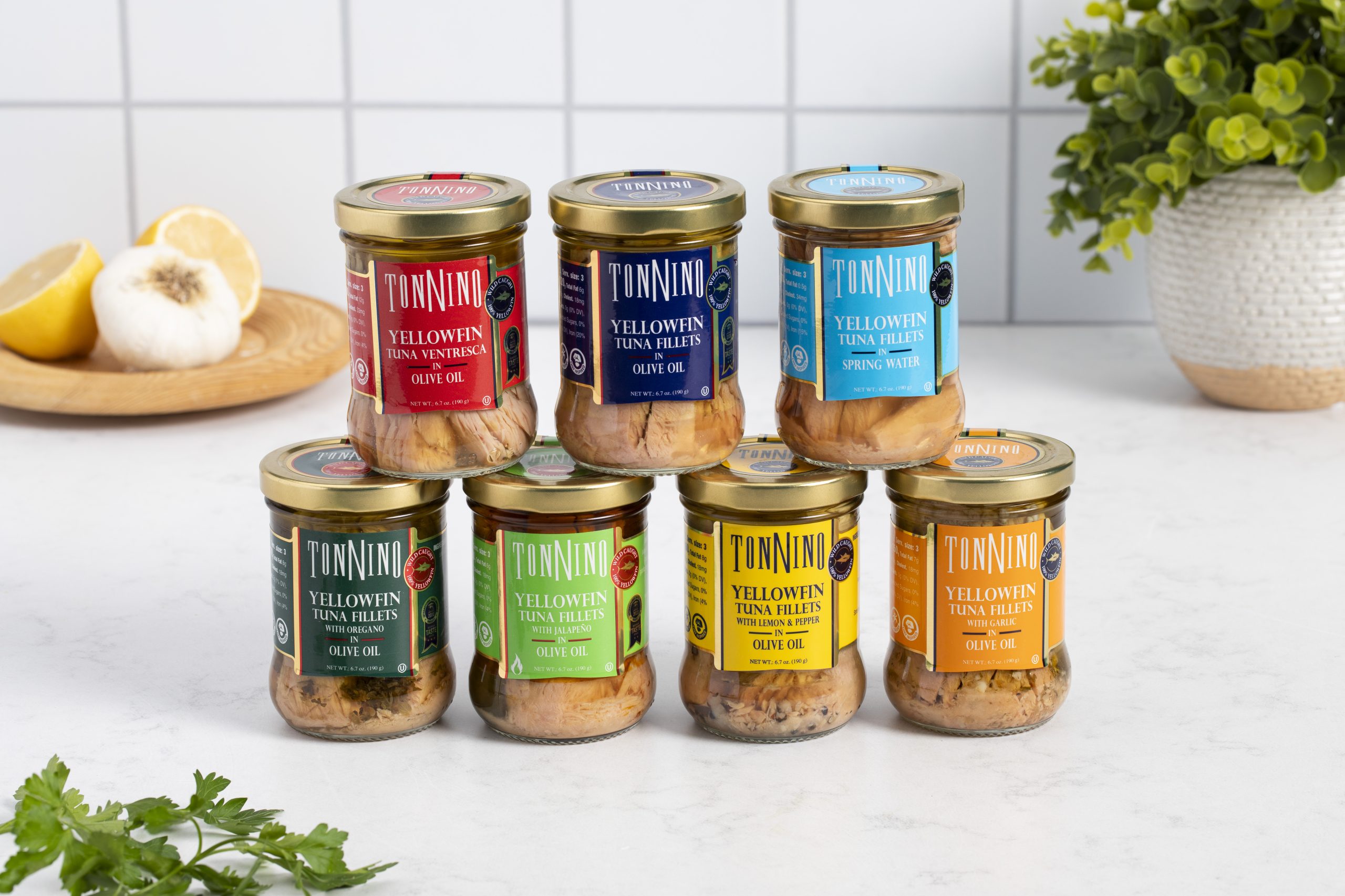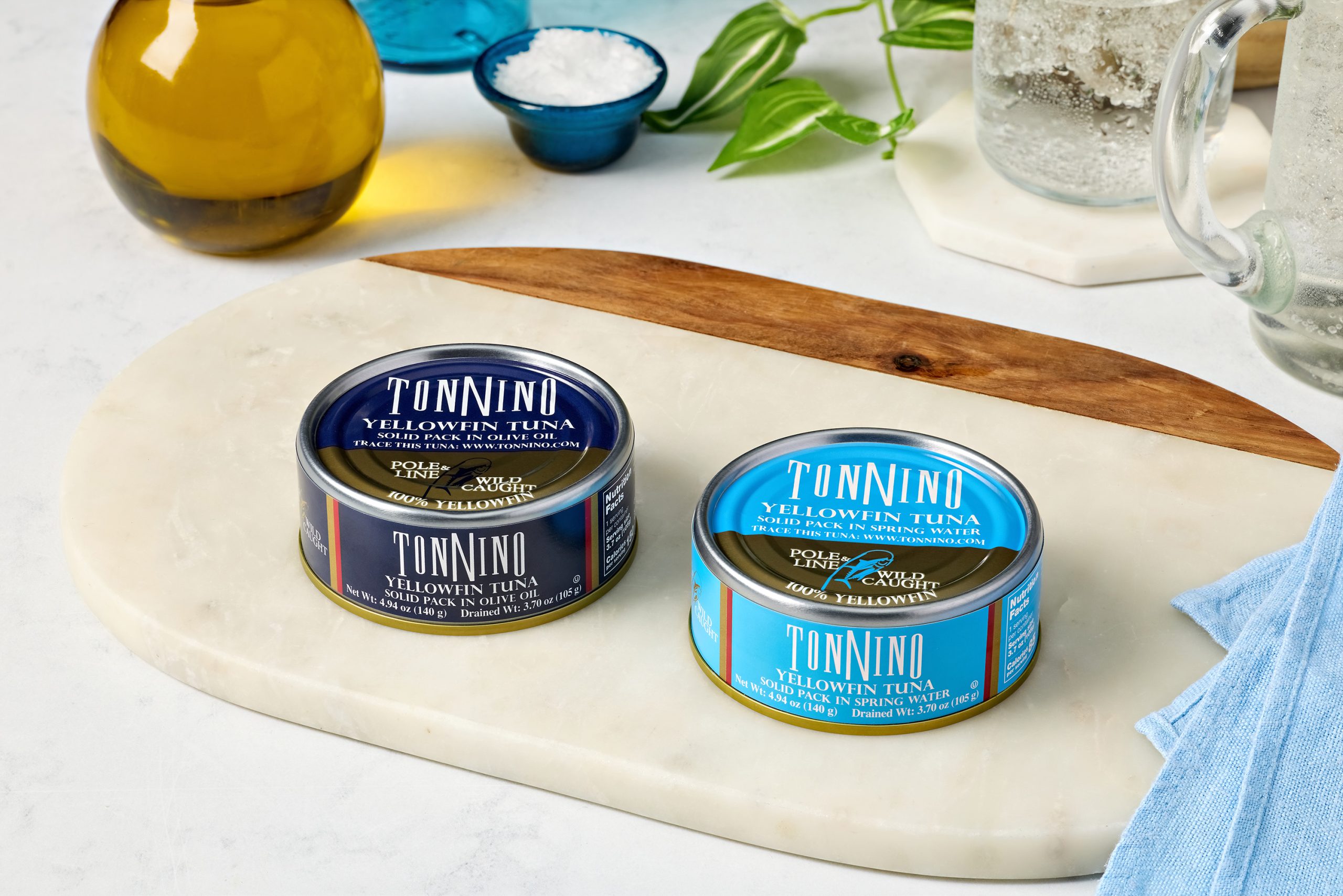The way your tuna is cut matters more than you might think. Whether you’re preparing a refined appetizer, a fresh grain bowl, or a quick midweek lunch, the texture, appearance, and flavor delivery of your tuna depend on the cut you choose. Understanding the types of tuna cuts available gives you the confidence to select the right one for the dish you have in mind.
From firm, solid cuts to versatile chunks and delicate fillets, every style offers something unique. In this guide, you’ll discover how each cut is prepared, how they differ, and when to use them. And if you’re looking to elevate your meals with premium tuna, Tonnino’s yellowfin tuna is the perfect place to start.
What Are the Different Types of Tuna Cuts?
Tuna is one of the most versatile proteins available, and the way it is cut can influence how it performs on the plate. When browsing shelves or online stores, you’ll typically find three main types of tuna cuts: solid, chunk, and fillet. Each has a specific texture, structure, and culinary purpose.
Solid tuna consists of one or more large, intact pieces packed closely together. It holds its shape and has a firmer texture.
Chunk tuna is made up of smaller, broken pieces of the tuna loin. These pieces are typically easier to mix and offer a more casual texture. While chunk tuna is less structured than solid cuts, it blends beautifully into dips, sandwich fillings, and pasta dishes.
Tuna fillets are premium cuts, often hand-selected and trimmed from whole loins. At Tonnino, our fillets are carefully packaged to maintain their shape and texture. Unlike solid or chunk styles, tuna fillets are typically served whole or gently separated, which preserves their elegant visual appeal and luxurious mouthfeel.
Understanding the differences among these three options allows you to be more intentional in your meal planning, especially when quality and presentation are at the heart of what you serve.
Solid Tuna vs. Chunk Tuna: What’s the Difference?
The conversation around solid tuna vs. chunk tuna comes down to structure and intended use. Both cuts come from high-quality portions of the tuna loin, but they are processed and packed differently to serve specific purposes.
Solid tuna is generally a single, uniform piece or a few larger pieces that retain their muscle fiber structure. This cut delivers a dense, clean bite and holds its shape well. If you’re plating a salad, topping crackers for a refined appetizer, or looking to highlight the tuna visually in your dish, solid cuts provide consistency and aesthetic appeal.
Chunk tuna, on the other hand, is made from smaller fragments of the same loin, packed loosely. Its texture is softer, and it breaks apart more easily, making it ideal for recipes where the tuna is blended with other ingredients. Whether you’re mixing it into a hearty bean salad or folding it into a wrap, chunk tuna gives you flexibility without compromising on flavor.
The choice between these two depends on how much structure you want in your final dish. For a composed presentation, solid tuna adds form and presence. For more casual or mixed recipes, chunk tuna offers a practical, easy-to-use option.
Tuna Fillet Cuts Explained
If you’re looking for the most refined experience available in ready-to-eat tuna, fillet cuts stand apart. These cuts are carefully taken from whole loins, then trimmed and packed with precision to preserve their natural form. At Tonnino, our process ensures that each fillet offers a clean, elevated flavor and a satisfying texture.
Unlike chunk or solid tuna, fillet cuts are never compressed or packed down. Instead, they maintain their shape and visual integrity, which allows for a more elevated presentation. They’re ideal for occasions when you want the tuna to be the star of the plate.
You might layer a fillet gently over roasted vegetables, serve it alongside olives and artisan bread, or place it over avocado toast for a luxurious brunch element. The beauty of the fillet lies not just in how it looks, but in how delicately it flakes, inviting you to savor each bite with intention.
When it comes to tuna fillet cuts, the key takeaway is that these cuts celebrate the quality of the fish in its most natural and elegant form. They’re best enjoyed as-is, with minimal handling, to preserve the full gourmet experience.
How to Choose the Right Tuna Cut for Your Recipes
Not every dish calls for the same type of tuna. The textures, uses, and aesthetic qualities vary, so choosing the right tuna cut is essential if you want your recipes to shine. Use this simple tuna cut selection guide to help match your meal with the ideal cut.
- Fillet cuts work best in recipes where you want to showcase the tuna. If you’re building a tapas board, topping a salad, or creating a minimalist open sandwich, use the fillet whole or gently separated to preserve its structure and elegance.
- Solid cuts are your go-to for meals that require clean slices or neatly arranged portions. Use them in structured salads, bento-style boxes, or for plated dishes where uniformity matters.
- Chunk tuna is perfect when you want to combine the tuna with other ingredients. It’s easy to mix and works well in spreads, dips, or casual grain bowls where you want the flavor of tuna to infuse the whole dish.
By matching your recipe goals with the appropriate cut, you can enhance both taste and presentation. Let the cut support the character of your meal, and let the tuna do the rest.
Best Uses for Solid, Chunk, and Fillet Tuna Cuts
Each cut of tuna brings a unique experience to your table, and understanding when and how to use them can help you get the most out of every jar or can. Here’s a breakdown of the types of tuna cuts and how they shine in different applications.
Solid Tuna: Ideal for dishes that require visual appeal and a firm texture. Add slices to a Nicoise-style salad, arrange them over steamed rice with crisp vegetables, or layer them into a deconstructed sandwich platter. The structure holds up beautifully without crumbling or losing form.
Chunk Tuna: Best for blending into dishes where the tuna becomes part of a larger mix. Stir it into a Mediterranean-style pasta, fold it into a classic tuna salad, or combine it with grains and beans for a hearty lunch. The smaller pieces offer excellent distribution throughout the dish.
Tuna Fillets: Designed for gourmet simplicity. Serve a fillet with a touch of olive oil and sea salt, present it with artisanal crackers, or pair it with roasted vegetables and lemon zest. Avoid mixing or overhandling, as these fillets deserve to be enjoyed as they are.
No matter which cut you prefer, Tonnino delivers a commitment to quality and transparency in every product. Want to know more about your tuna’s journey? Use our trace your tuna feature to follow it from ocean to table.
Frequently Asked Questions
What is the Difference Between Solid and Chunk Tuna?
Solid tuna consists of larger, intact pieces that offer a firmer texture and more defined structure. Chunk tuna is made up of smaller pieces that are easier to mix into recipes. The choice between them depends on whether you value presentation or versatility.
Can I Substitute Solid Tuna for Chunk Tuna in Recipes?
You can. If you have solid tuna and need chunk-style texture, you can gently separate the pieces by hand. Just be mindful not to mash or break them down too much if you want to preserve the quality of the fish.
Are Tuna Fillets a Better Choice for Refined Dishes?
Yes. Tuna fillets offer an elevated flavor and texture, making them ideal for gourmet presentations. Because they maintain their natural shape, they are best enjoyed with minimal preparation and used in dishes where the tuna is meant to be the highlight.
Up Next






